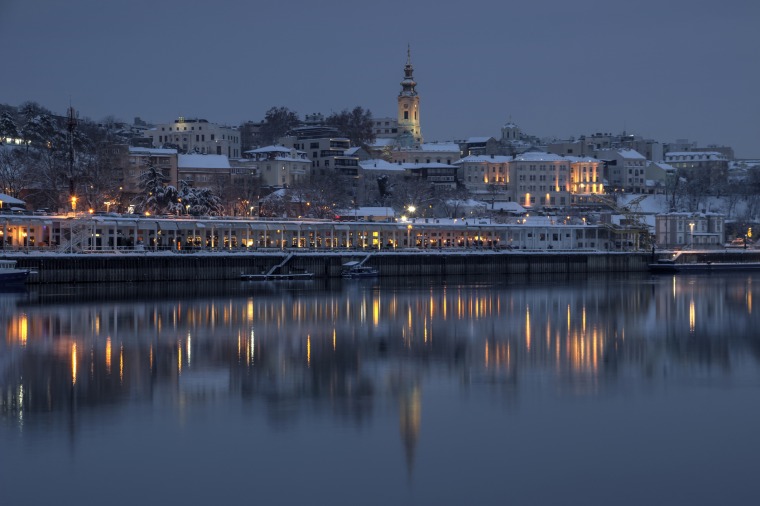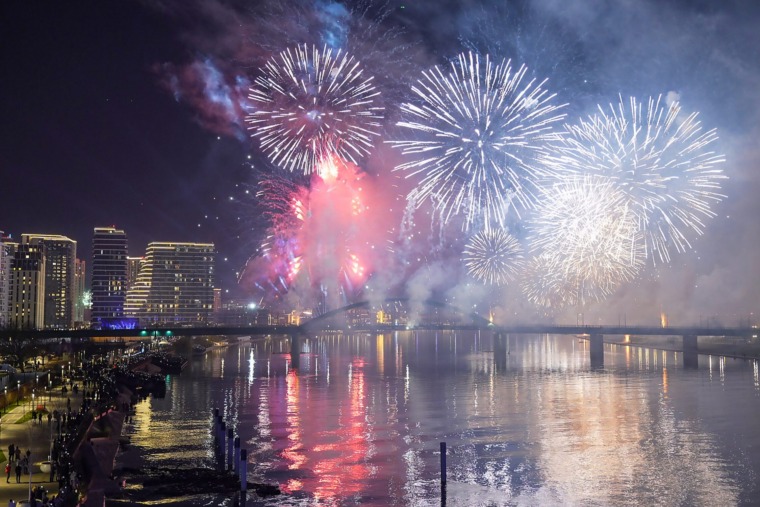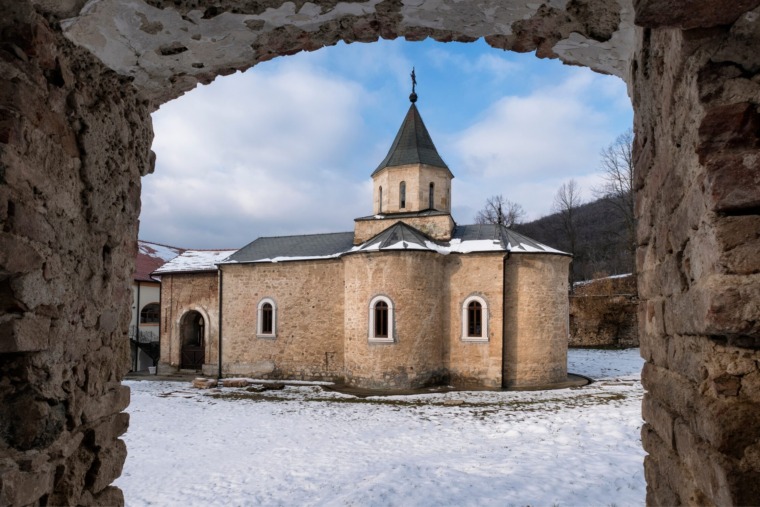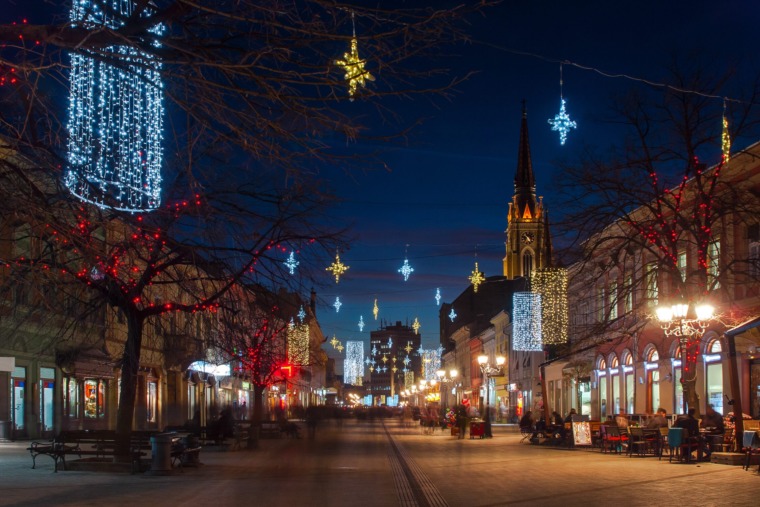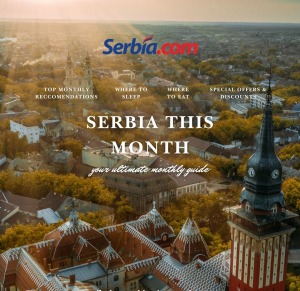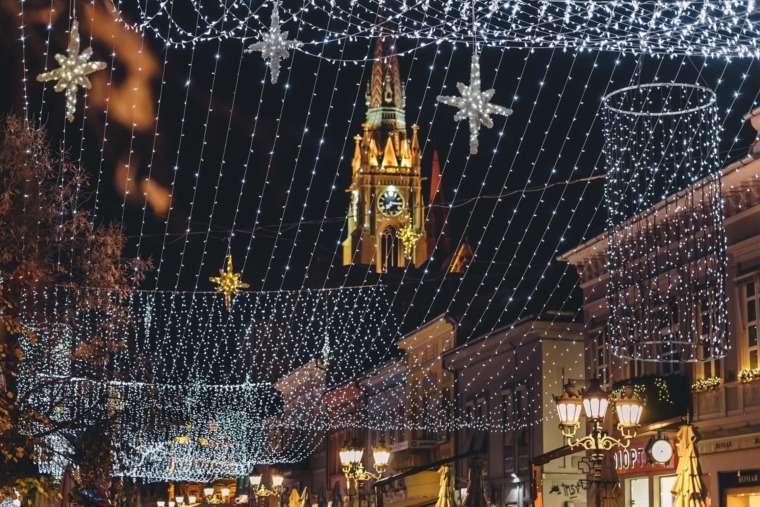
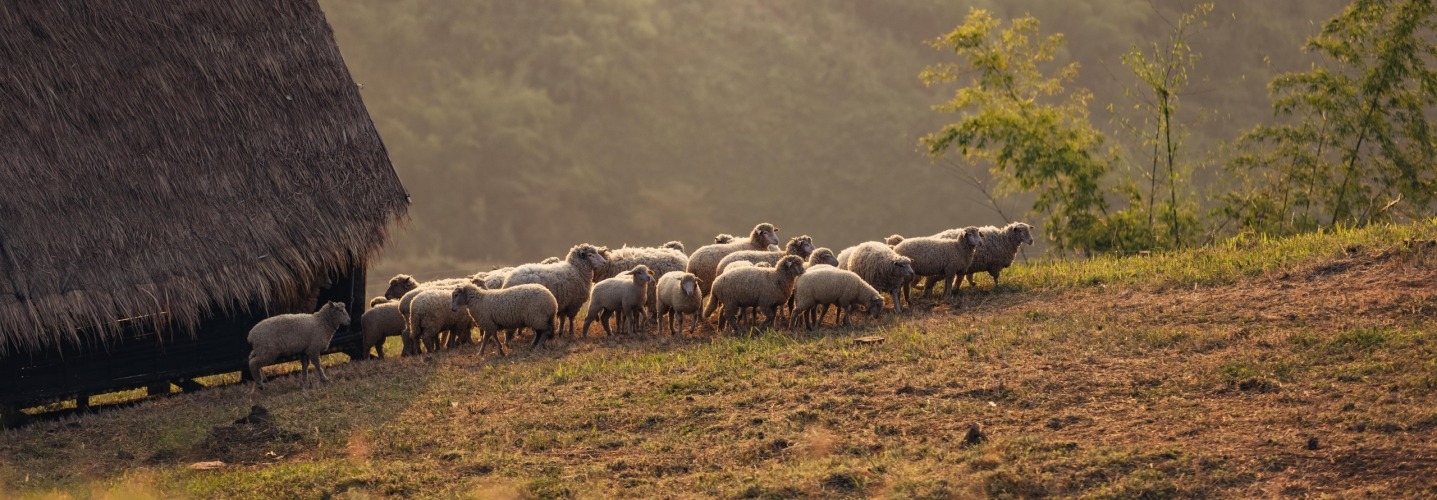
Serbia, a country brimming with history and tradition, offers some of the most authentic and picturesque ethno villages in the Balkans. These villages offer a rare glimpse into the heart of Serbian culture, preserved for generations. Visitors to these villages can experience traditional architecture, hospitality, and customs that have shaped Serbian life for centuries.
Let’s take a look at some of the best ethno villages to visit in Serbia, where you can experience the country’s vibrant heritage and beautiful landscapes.
What to Expect When Visiting an Ethno Village
When you visit an ethno village in Serbia, expect to be transported to a simpler, slower-paced world where every aspect reflects the traditional lifestyle of the Serbian people. Here’s what awaits:
- Traditional Architecture and Wooden Homes – The architecture in ethno villages typically consists of charming wooden homes, barns, and workshops built using local materials such as wood and stone. These buildings often feature detailed carvings, bright colors, and flower-filled gardens, making the villages a visual feast for those who appreciate traditional design.
- Cultural and Hands-on Experiences – Many villages offer workshops where visitors can try their hand at pottery-making, weaving, or wood carving—all skills that have been passed down for generations. You can also engage in learning traditional Serbian crafts or try your hand at folk music by playing local instruments such as the gusle or tambura.
- Authentic Serbian Cuisine – A trip to an ethno village is never complete without sampling Serbian traditional dishes. From delicious gibanica, sarma, and ćevapi, to rakija (fruit brandy) and freshly baked pita, these villages offer food prepared from locally sourced ingredients. Many villages also have open-air grills where the meats are cooked over wood fires, adding an authentic touch to the experience.
- Serene Atmosphere and Connection to Nature – Ethno villages are often situated in peaceful, rural settings, such as along rivers, in mountainous areas, or amidst lush forests. It’s an ideal place for a tranquil retreat, where visitors can hike, fish, or simply enjoy the beauty of nature and relax away from the demands of modern life.
- Cultural Festivals and Traditions – Many villages host cultural festivals that highlight Serbian folk traditions. From kolo (traditional dances) to folk music performances, these events are a lively and immersive way to experience Serbian culture in action. Visitors can join in the fun, listen to music, and enjoy traditional foods that have been prepared in honor of these celebrations.
Authentic Ethno Villages to Visit in Serbia
Now that you know what to expect, here are three must-visit ethno villages in Serbia that offer an unforgettable experience:
1. Drvengrad (Mećavnik)
Nestled in the Mokra Gora region, Drvengrad, also known as Mećavnik, is an ethno village created by the famous Serbian filmmaker Emir Kusturica. Built as a film set for his movie Life is a Miracle, Drvengrad offers visitors an unusual yet charming mix of old-world Serbian style and contemporary artistic flair.
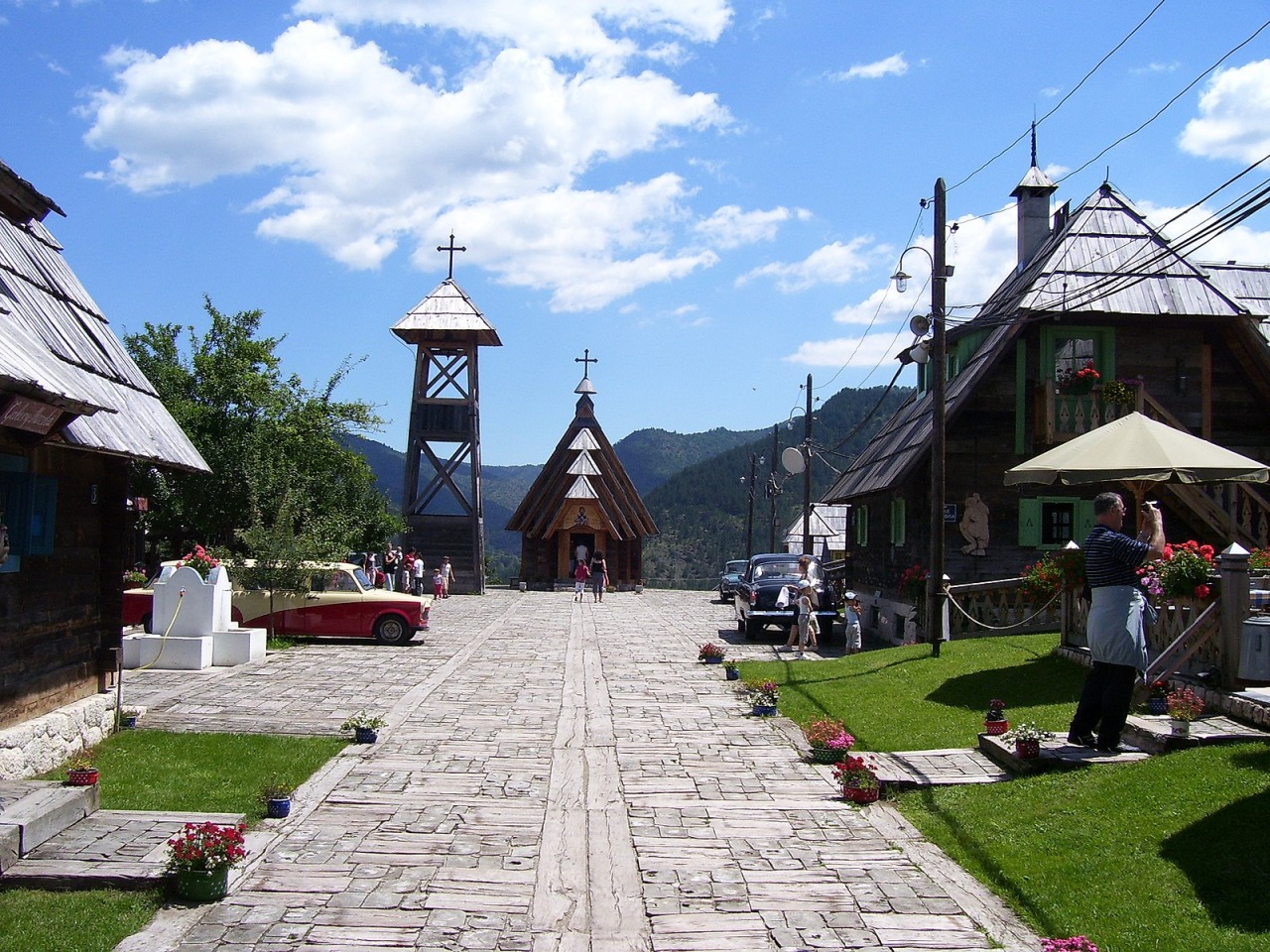
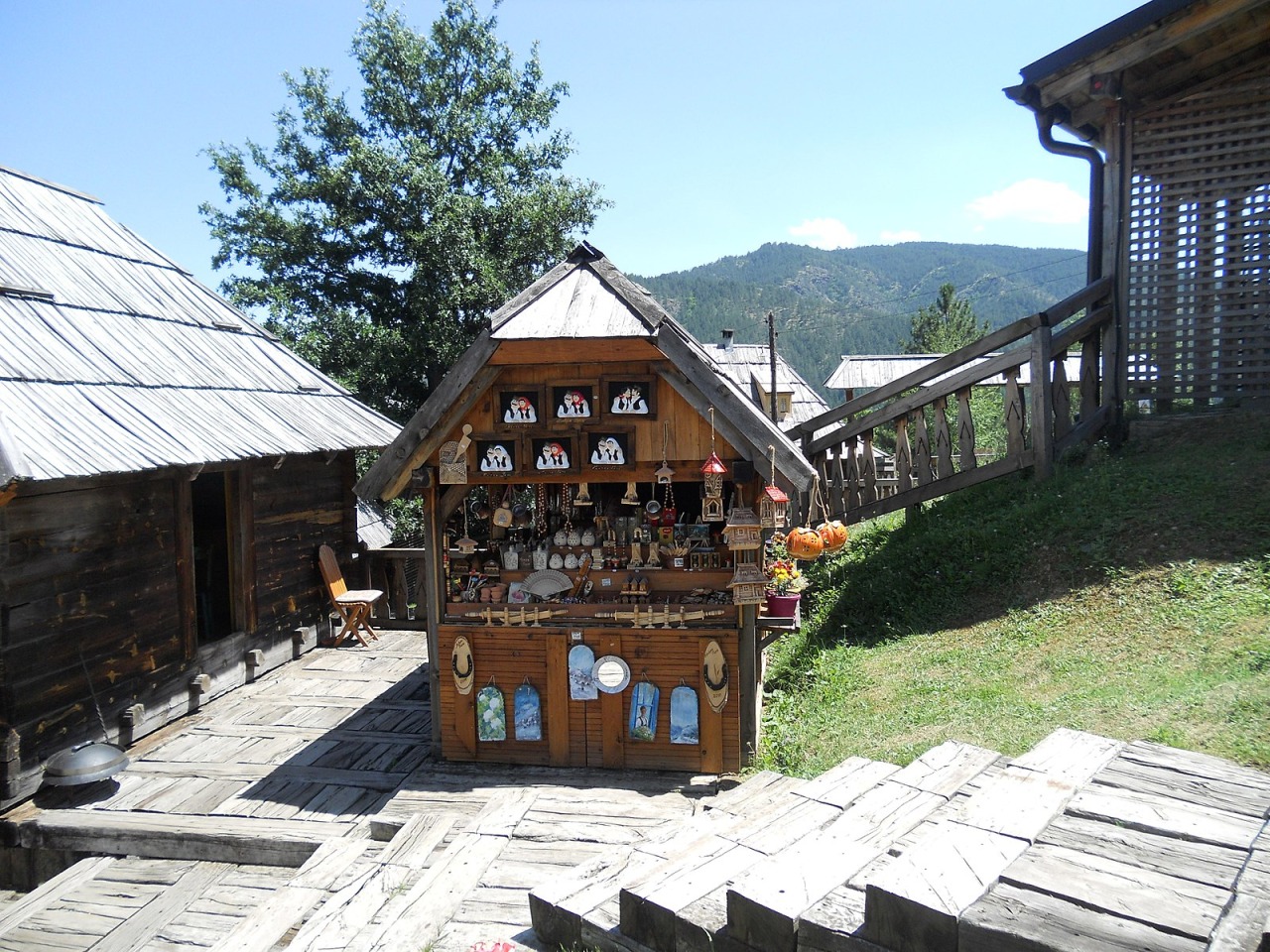
The village is made up of beautiful wooden houses that look like they’ve been taken straight out of a fairytale, and its narrow streets are lined with galleries, restaurants, and cozy cafes. The village also has an open-air cinema, and visitors can stroll through its artistic alleyways, admiring the unique architecture and design.
Besides its beauty, Drvengrad is also known for its cultural events and festivals, such as the Küstendorf Film Festival, which attracts artists and filmmakers from around the world. A visit here is perfect for those interested in combining culture, art, and tradition.
2. Sirogojno
Located on the slopes of the Zlatibor Mountain, Sirogojno is one of Serbia’s most famous ethno villages. Known for its open-air museum, it provides an excellent opportunity to explore Serbian rural life. The village has been carefully preserved to showcase traditional Serbian wooden houses and farm life from the 19th century.
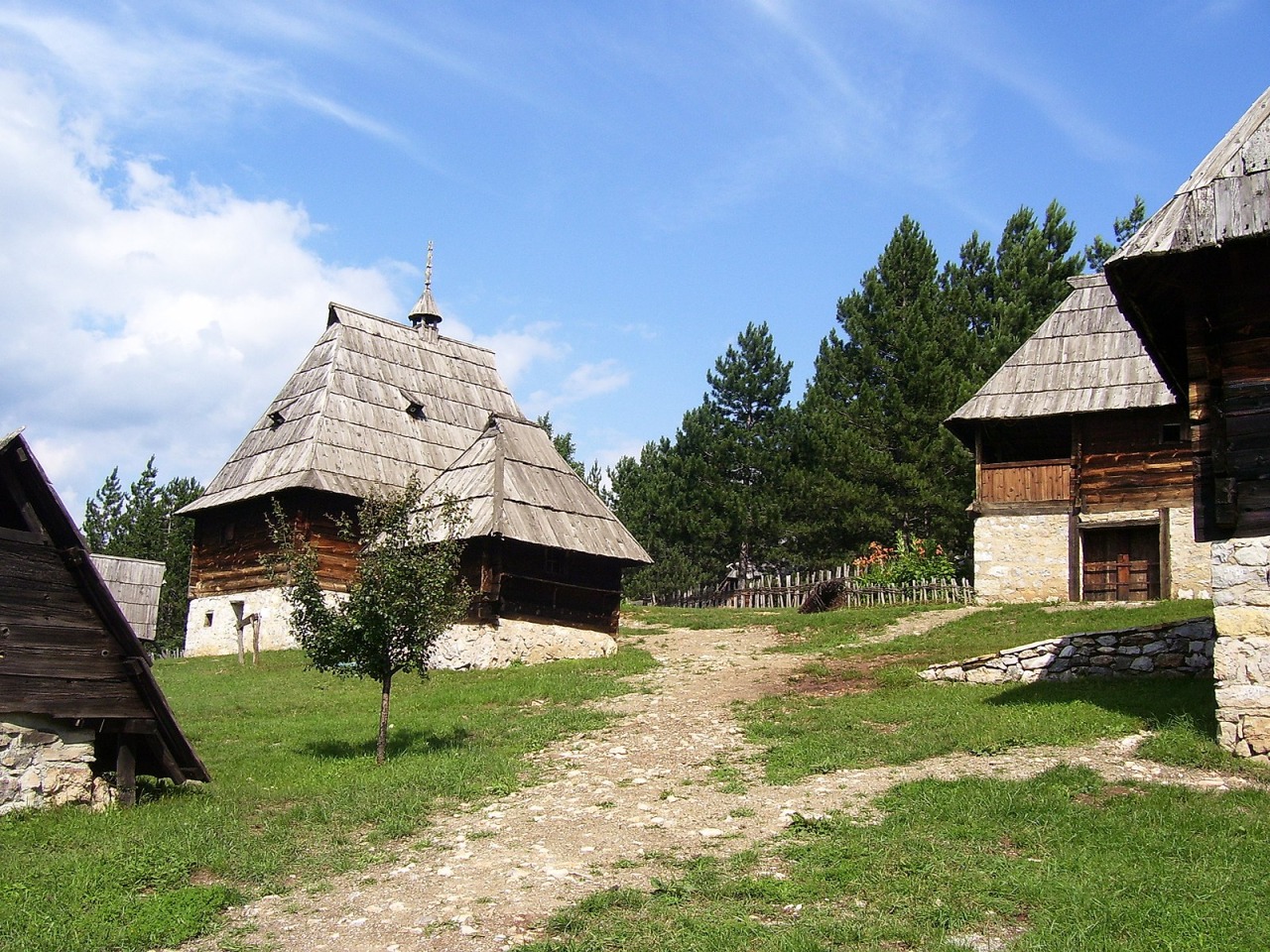
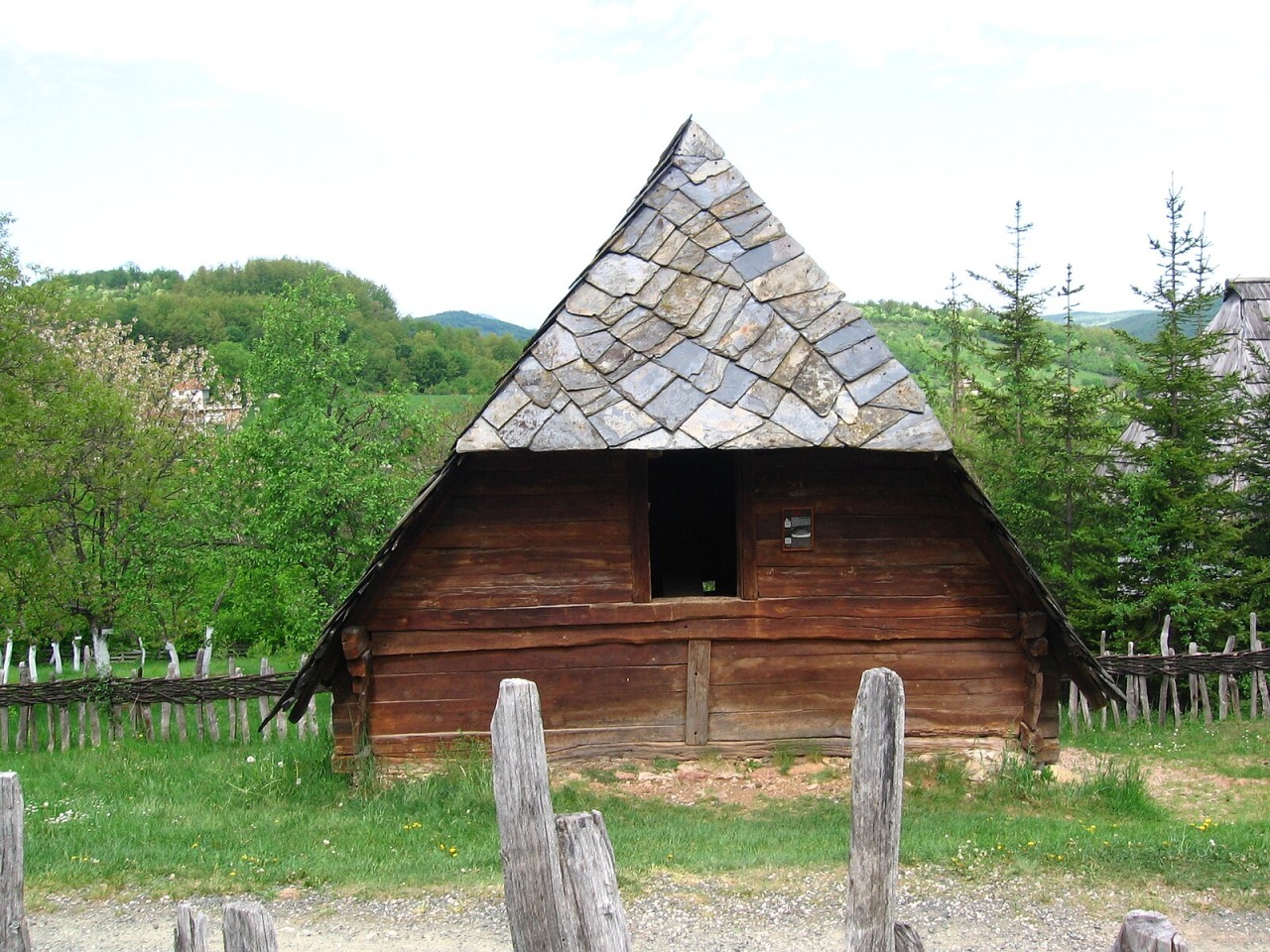
Sirogojno is also famous for its handmade woolen garments, particularly the Sirogojno sweaters, crafted by skilled local artisans using time-honored techniques. Visitors can witness the process of wool processing and purchase beautiful handmade crafts.
The Ethno Museum in Sirogojno offers a detailed look at traditional Serbian life, with exhibits of old farming tools, vintage household items, and local textiles. The village is a beautiful blend of history, nature, and art—perfect for anyone interested in learning about Serbia’s rural heritage.
3. Terzića Avlija
Situated in Zlakusa village, Terzica Avlija is a small but picturesque ethno village that takes visitors back in time. The village is known for its well-preserved wooden houses and cobblestone streets that offer an authentic Serbian experience.
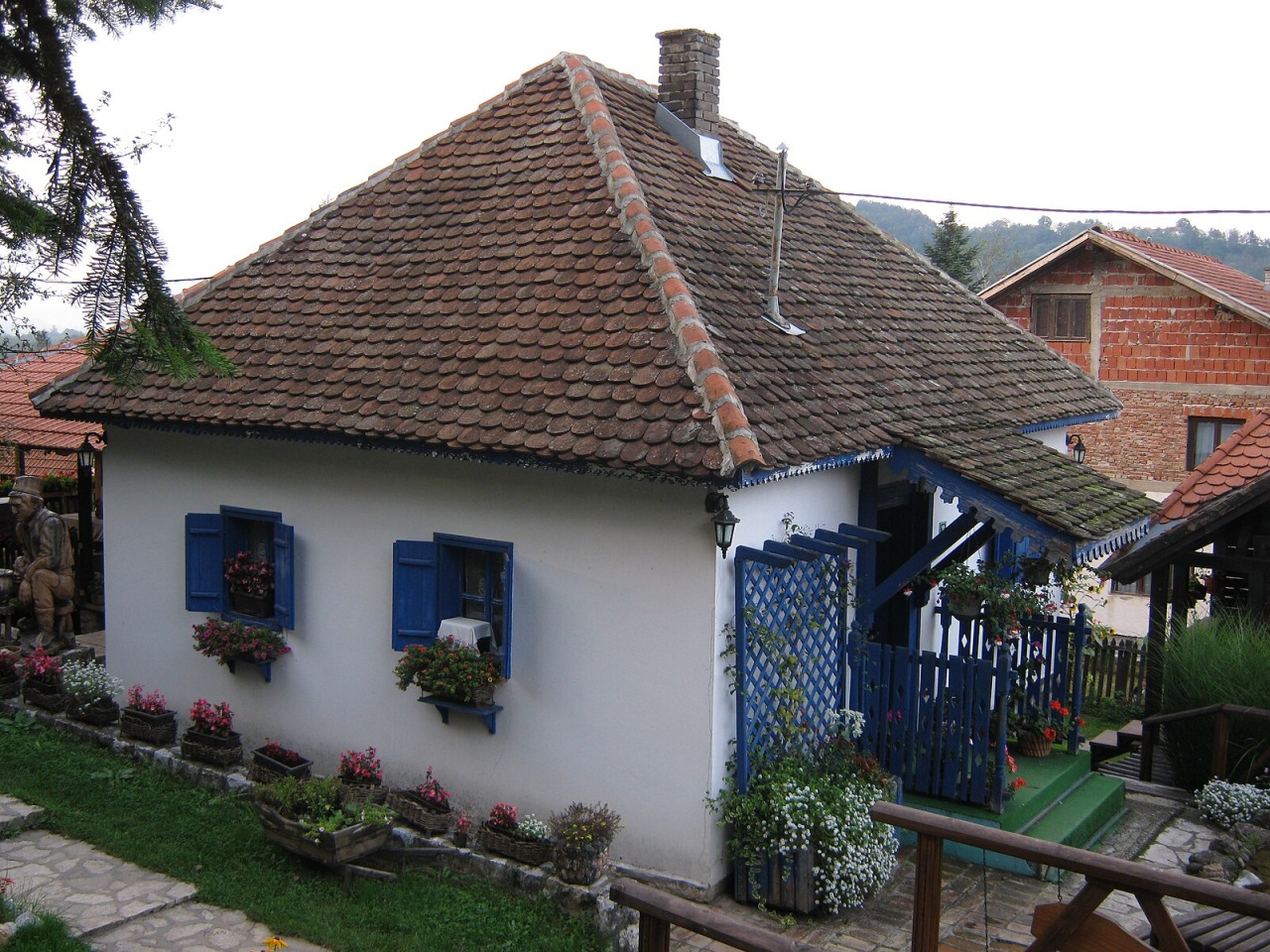
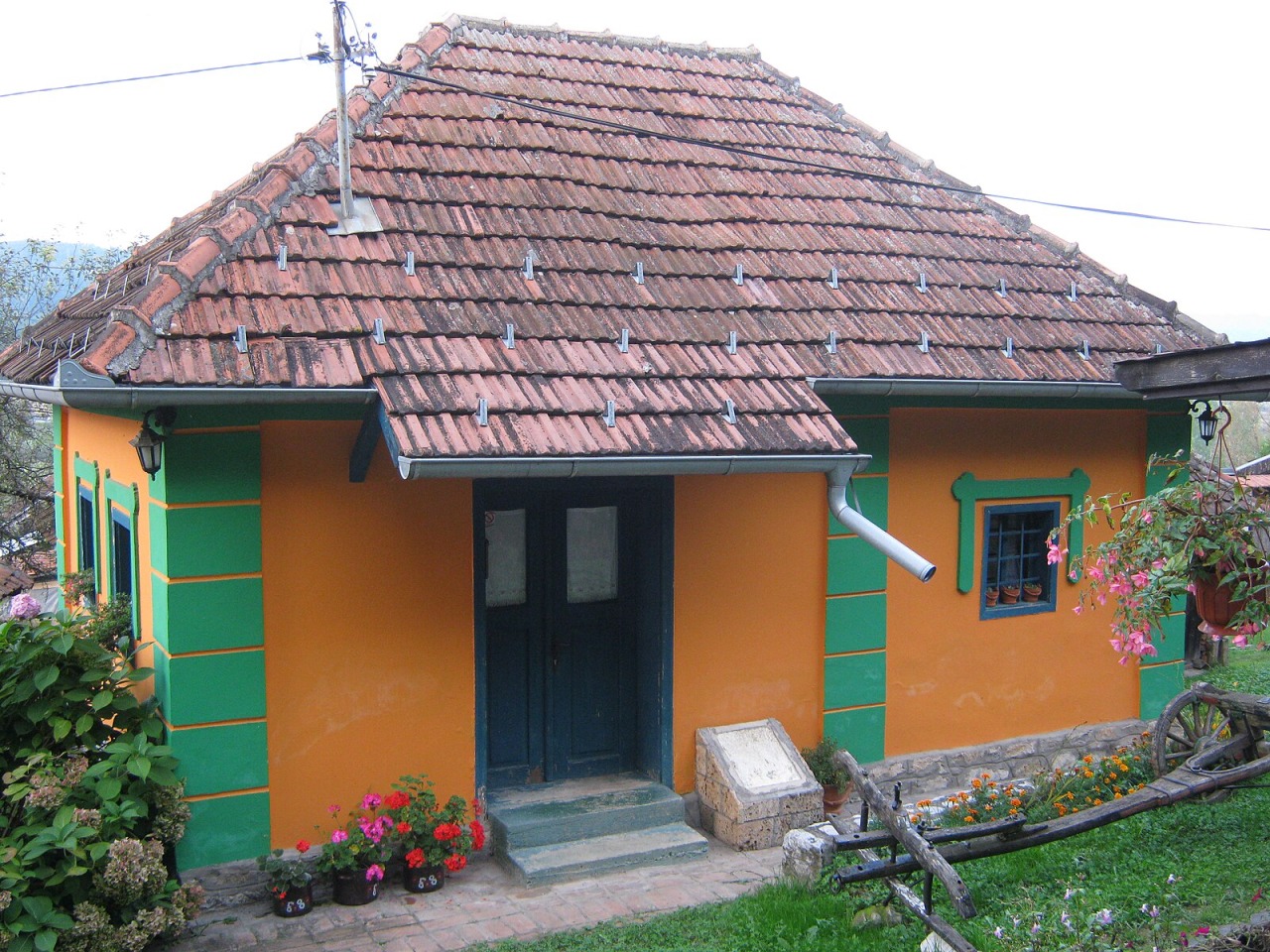
The name “Terzića Avlija” refers to a traditional Serbian courtyard, and in this village, the focus is on preserving the cultural heritage of the region. Visitors can explore the old homes and craft workshops, learn about traditional methods of making handwoven fabrics and wooden furniture, and experience rural life at its finest.
“Terzića avlija” is considered a very convenient base for visiting sites at mount Zlatibor, ethno museum in Sirogojno, Emir Kusturica‘s “Drvengrad” (eng. Wooden town) ethno village and the Šargan eight railway in Mokra Gora nature park, the Rača monastery, the Kadinjača World War II memorial park, the log cabin church in Užice, the White church in Karan village, monasteries of the Ovčar-kablar gorge, mount Divčibare, the famous Guča brass festival etc.
Conclusion
Visiting an ethno village in Serbia is a chance to step back in time and experience the traditions, craftsmanship, and culture that define the country. Whether you’re exploring the charming wooden houses of Drvengrad, soaking in the rural history of Sirogojno, or enjoying the peaceful atmosphere of Terzica Avlija, each village offers a unique experience that showcases the essence of Serbian life.
These ethno villages are not just places to visit; they are living reminders of the rich cultural heritage that has shaped Serbia. So, if you’re looking for an authentic and unforgettable experience, make sure to add these villages to your travel itinerary and immerse yourself in Serbia’s timeless traditions.
Related Articles

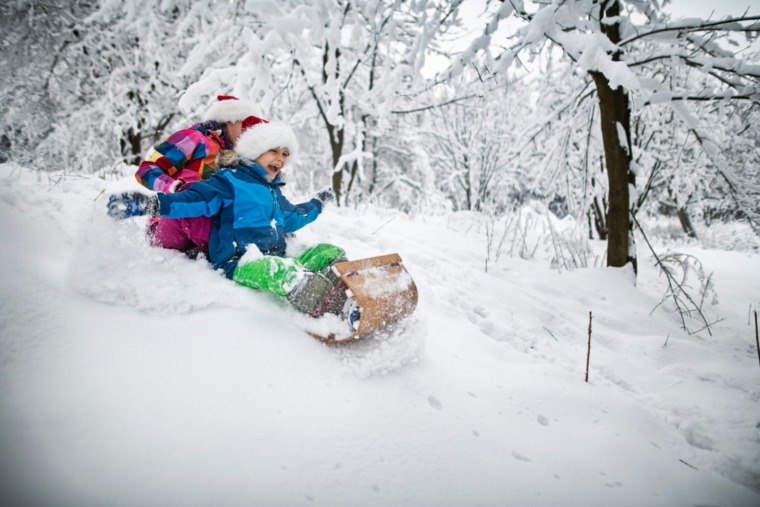
What to Do with Kids in Serbia: Family-Friendly Holiday Ideas
December 14, 2025
Winter Wine Escape: Serbia’s Most Beautiful Holiday Wineries
December 11, 2025